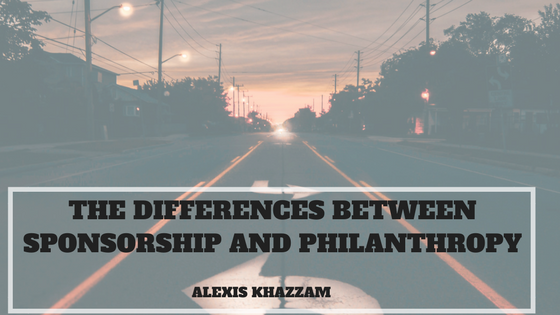There is a bit of confusion about the differences between sponsorship and philanthropy. Far too often, the two are described as one in the same when this is simply not the case. In order to be as informed as possible, it is important to know the difference between these two types of transactions because the option to support a sponsored event or philanthropic event may arise. Understanding what is being done with funds is imperative for the sake of transparency.
What Is Sponsorship?
Sponsorship involves an agreement between two or more parties to promote a particular product, brand or service. Make no mistake, this can include very positive messages for great products that make the world better. This is not a requirement, however. Anyone is free to be a sponsor if they can find a willing participant to agree to a term sheet of demands. A sponsorship deal usually involves a contract. This only further reinforces the idea that something is expected in return for this type of deal. If the person or event being sponsored fails to deliver on this obligation, the sponsor has the contractual right to terminate the agreement.
What Is Philanthropy?
Philanthropy is the process of donating time, money or both to a cause deemed worthy by the donor. It is done with no expectation of a return of any sort. The most common type of philanthropy is charitable giving. It can include the smallest act of kindness such as giving some spare change to the homeless or a massive display of generosity such as donating a personal fortune to a good cause. The key takeaway of philanthropy is that it should always be done with no strings attached.
Both sponsorship and philanthropy play an important role in various industries across the globe. To say that the two are similar, however, would be far from the truth. Philanthropy is supposed to be done out of the goodness of an individual or group of people’s hearts. Sponsorship, on the other hand, can be thought of more as a business transaction. While both may involve giving something to a party for no cost, the motives of the two acts are very different. By differentiating these two kinds of giving, consumers can make more informed decisions with how money is used.

